SLC21/WK3 : Introduction to Basic Electrical Motors, Switch gear and Motor Starters.
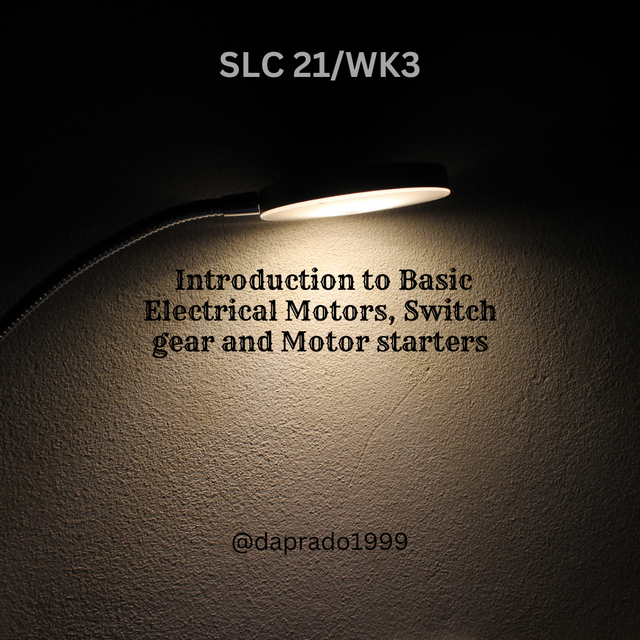 |
|---|
Hello friends and welcome to my article in the SLC21/WK3 in this great dynamics, I would be putting in efforts to come up with creative and detailed article.
| Current | Voltage |
|---|---|
| Current is measured in amperes (A) special conductor which electrical changed surge from | Voltage is measured in volts (V) which shows potential difference which caused current flow. |
| It is represented by (I) symbol showing flow of electrons in the circuit | It represents force that positive electric charge surges through circuit. |
| AC electricity | DC electricity |
|---|---|
| AC electricity are used to generate power, commonly industrial workspace with heavy duty machines and sophisticated equipment | This flows in domestic homes with household appliances generated from power stations. |
| This flows in an alternate direction with a complex speed needing frequency regulators to control them and basically flows in alternate mediums | This flows in a unilateral direction that is one direction. For powering our household smartphones and a host of others. |
| AC Motors | DC Motors |
|---|---|
| AC motor generates more power, commonly used in industrial parastatals making use of alternating current which changes with time. | DC Motors are basically used in automobile and lots of heavy duty industries, running a direct current sequence thus current flows in one direction. |
| AC Motors has very complex and sophisticated speed control often requiring an operative to monitor and adjust then to the suiting of the moment | The velocity in speed is easy to be controlled with more accurate methods, as it is achieved by adjustment in voltage to the motor. |
This is direct on line which connects motor directly to full time voltage at start up which causes motor directly to full line voltage at start-up with current significantly higher than full-load current. Bringing about 5X more.
It's quite cheaper and easily affordable. It is for motors that handle starting current. Relatively small motors where starting current Voltage could cause damage.
This reduces starting current, connected in a star configurator shape to reduce current flow to a relative extent. It switches to delta configuration for full voltage operation.
Importantly, used in heavy duty industries where starting current needs to be reduced to reduce loss.
It allows motie to run in multi lateral direction after changing phase sequence. It is used to control direction of rotation of a starter motor. It has little or no effect on starting current.
It is commonly used in escalator, elevators system and automobile company where need arises to reduce starting current but only controls direction of motor.
•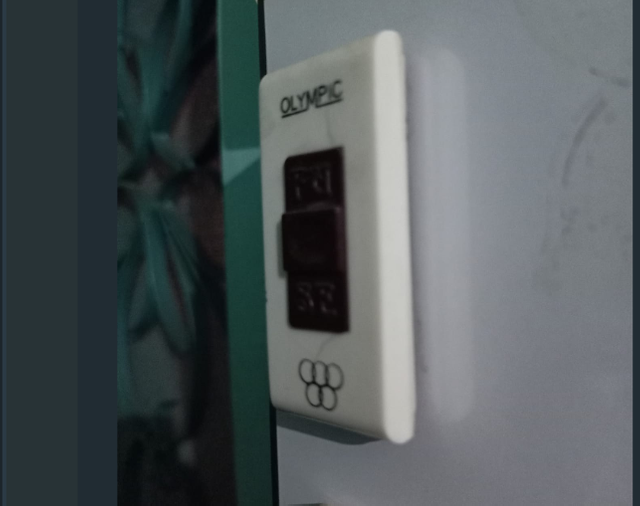 | 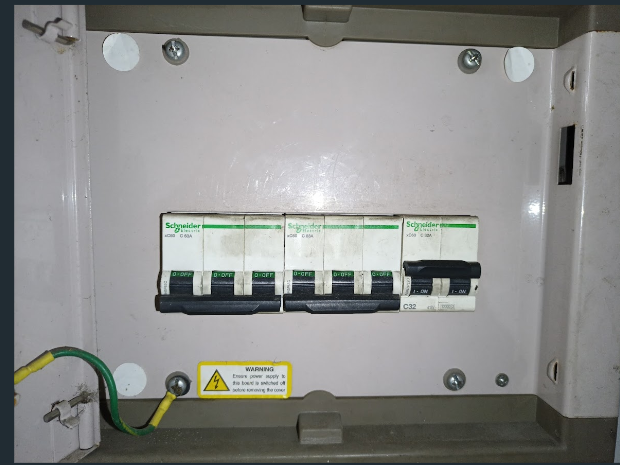 |
|---|
Fuse: This is main purpose is to control the electricity into home once it is removed it shuts the power out of the region
Distribution Board: It accepts current from the electric pole, steps down and lets the specific amount of current to be incorporated into the home, suitable for consumption.
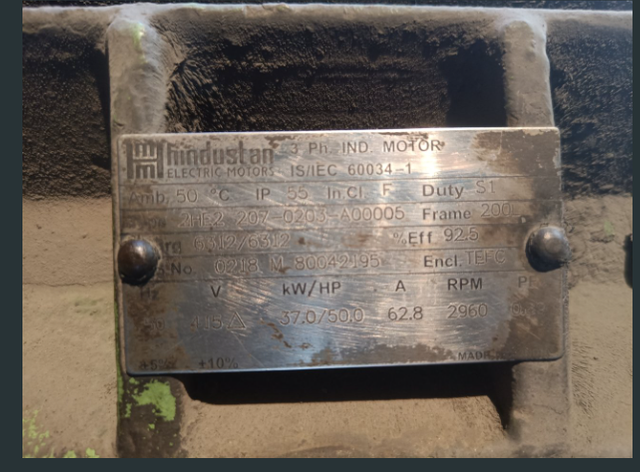 |
|---|
| Kw | 37 |
|---|---|
| Hp | 50 |
| RPM | 2960 |
| Ampere | 62.8 |
| Voltage | 415 |
| Hz | 50 |
Find out current of your homes 220watt 5Hp motor
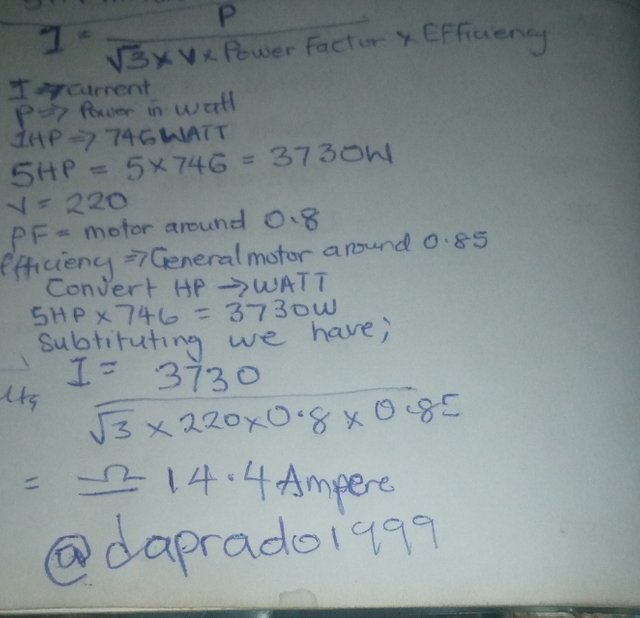 | 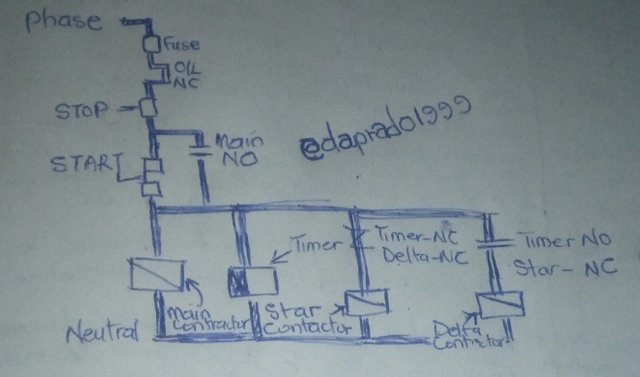 |
|---|
https://x.com/PraiseIro/status/1856818475509191075?t=oVmtwKn180wcpyCwmqJdiw&s=19
A great post! Motor starter concepts are very important, especially for beginners. Best of luck for the contest dear.
You have mentioned the difference between current and voltage very well. One of the differences between AC electricity and DC electricity is that AC electricity varies with time. But DC current always has the same value and its change over time is not observed. You have mentioned the differences between AC motor and DC motor very well.
You have highlighted the difference between star delta forward reverse bias. Forward bias is essentially positive and reverse bias is essentially negative. Forward and reverse bias are considerations in star delta motor operation.
Provided name and picture of switch gear in your house. Mentioned details with picture, mentions fuse and distribution board.But the first picture is not clear.
You have mastered the values in the motor mentioned in the picture quite well. Among the mentioned values identified rpm, power factor, voltage, frequency etc. Your identifications were accurate.
You were asked to find the current in a 5 horse power up motor as per the instructions given in the lesson. You can easily calculate current equals, power divided voltage times cosine value. The drawn circuit diagrams and device names are correct but a bit fuzzy. You can make the presentation of texts more clear.
Comment/Recommendation
**Scores| 8.1/10